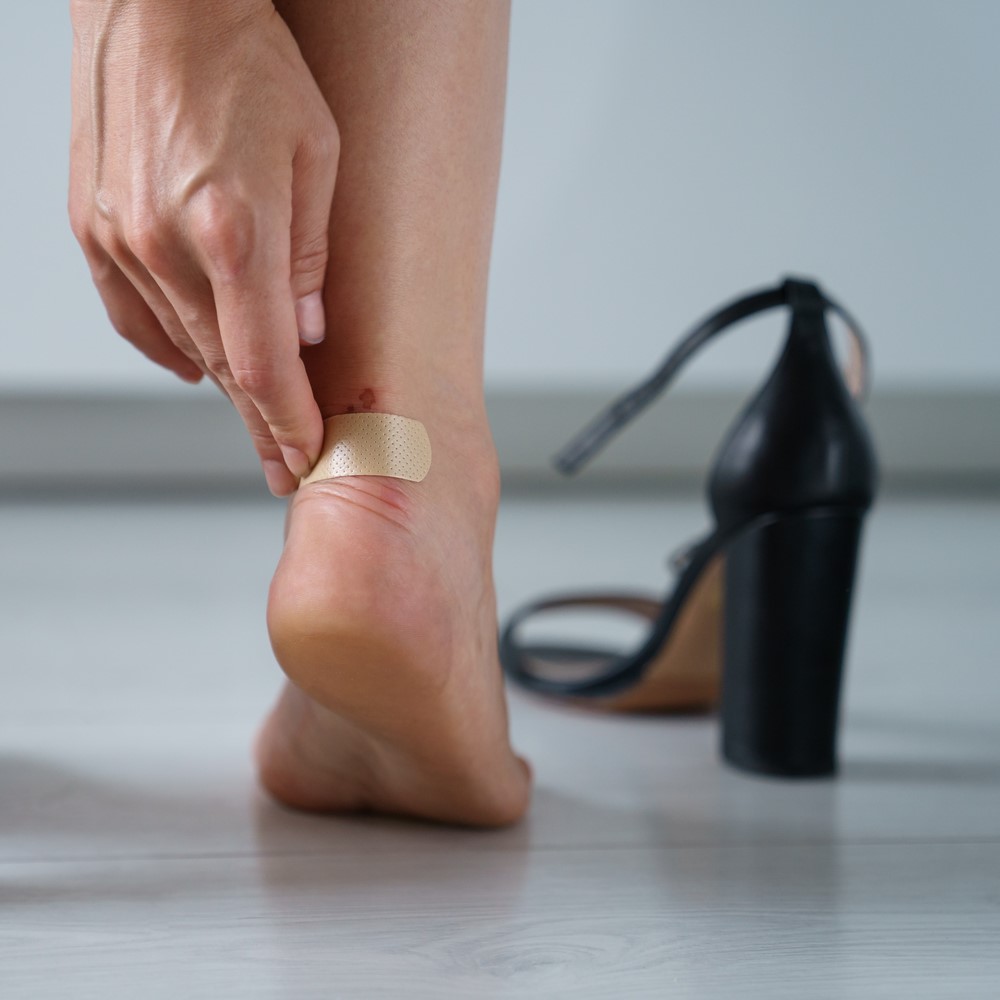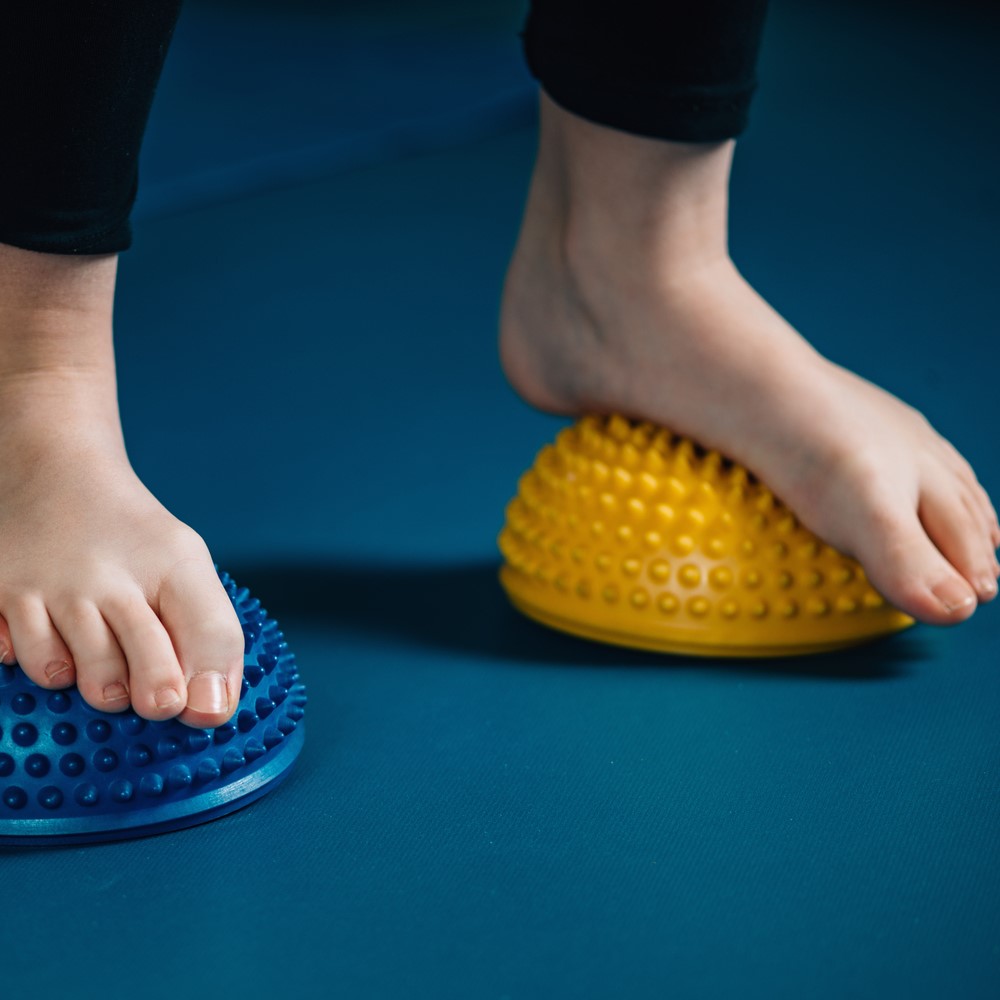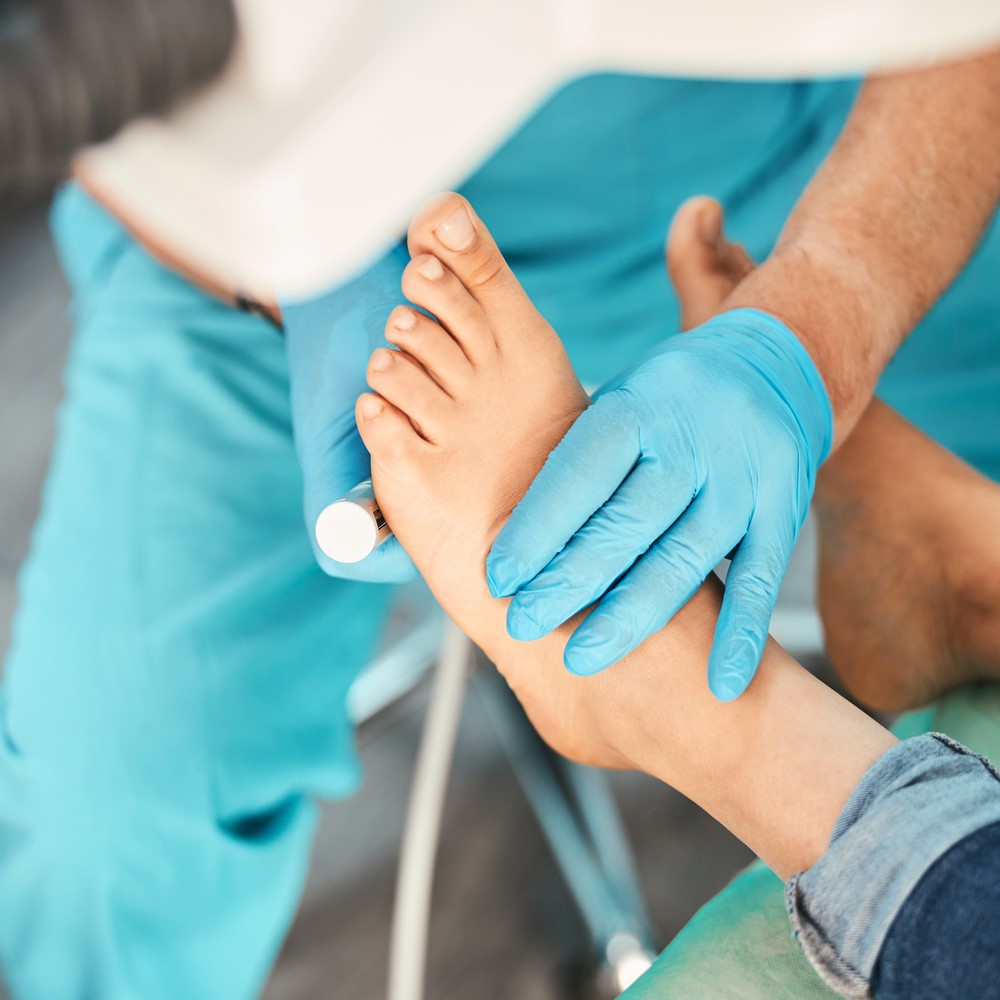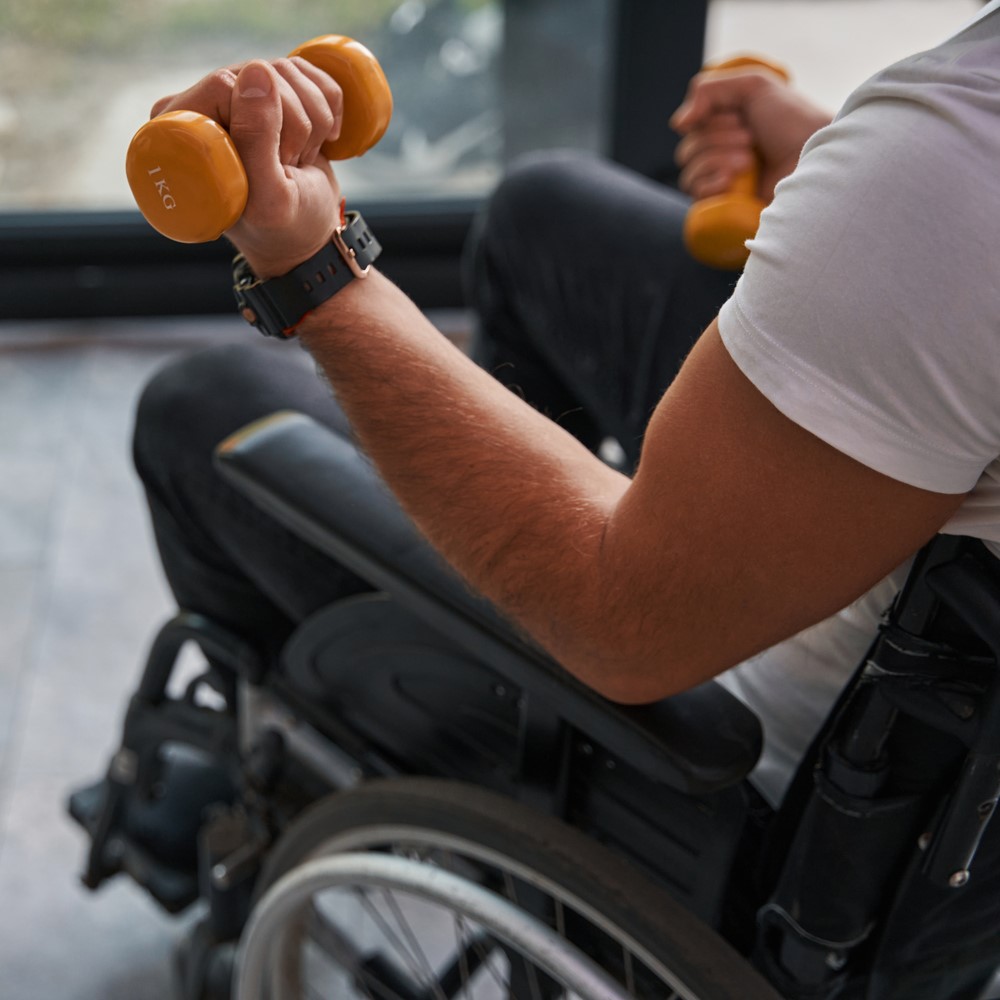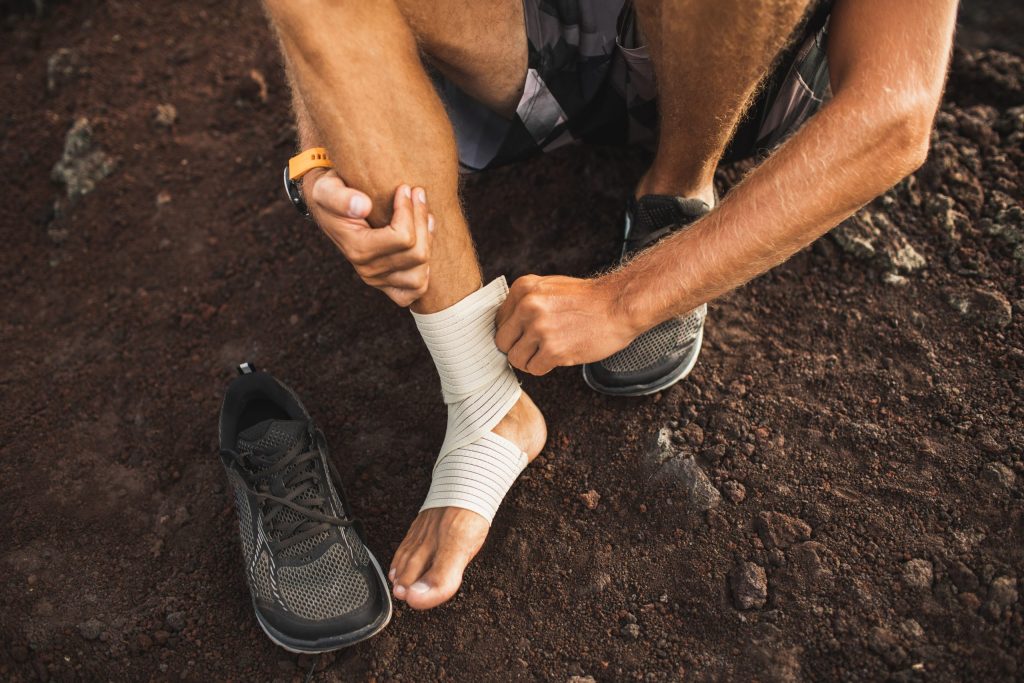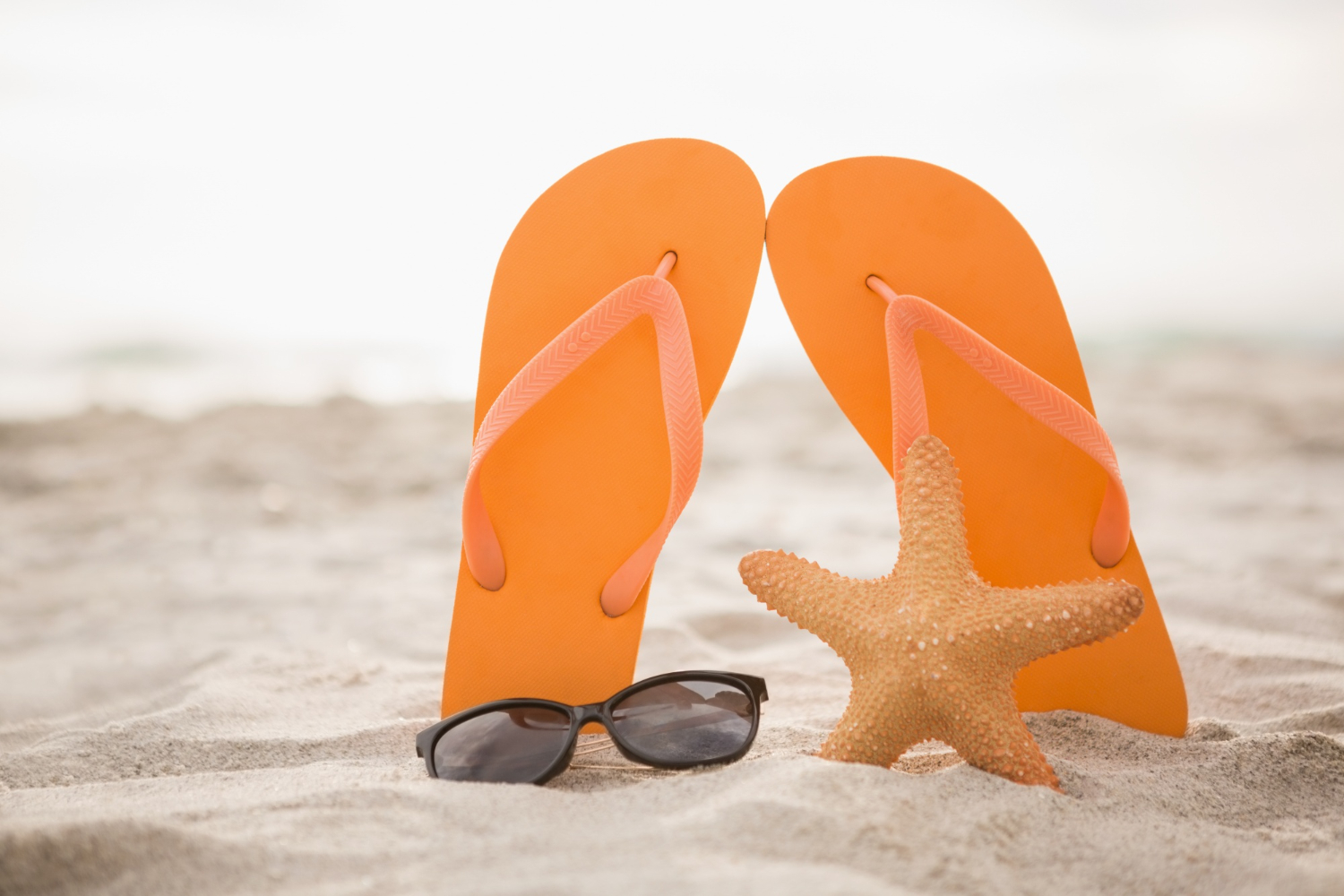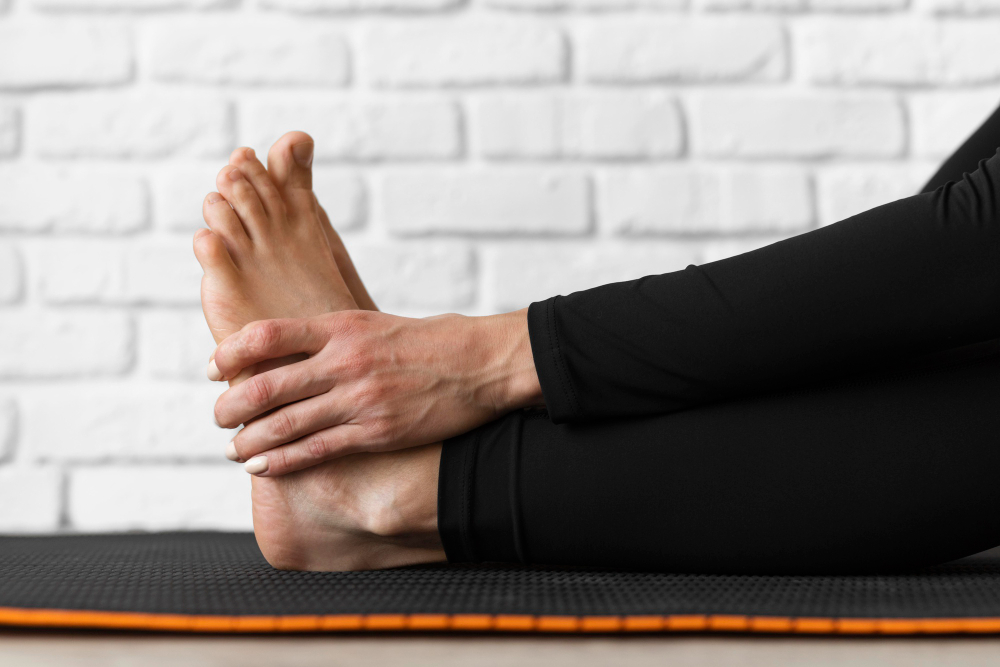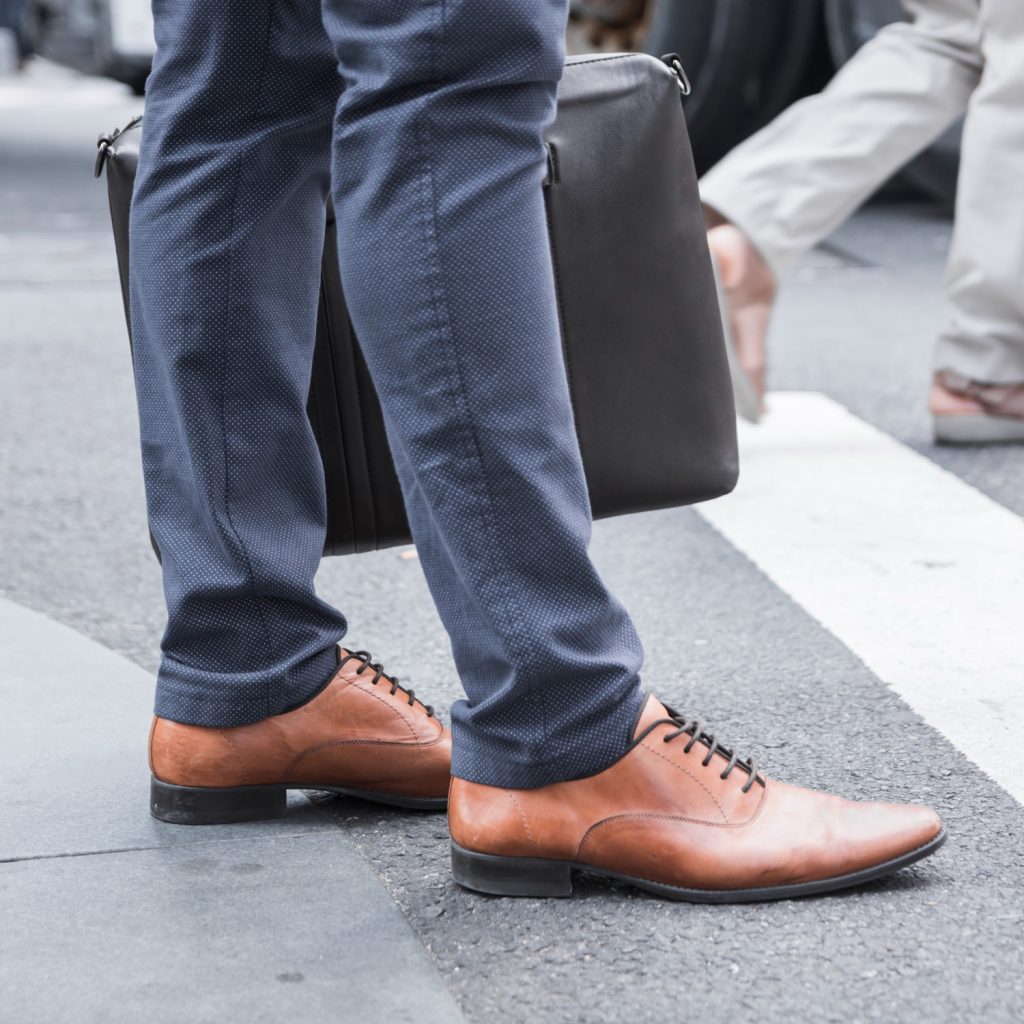Foot Blisters Prevention 101
Are you tired of hobbling around in agony every time you go for a hike or a long run? Do you dread the thought of breaking into a new pair of shoes because you know it means dealing with painful blisters? Well, fear not my friend, because in this post we’re going to reveal some methods for preventing and treating foot blisters. So, lace up your shoes, grab some band-aids, and let’s get started! What Are Foot Blisters? Blisters are fluid-filled sacs that form on the skin when it rubs against another surface. They are most common on the feet, but can also occur on other parts of the body, such as the hands, arms, and legs. Blisters can be painful and can make it difficult to walk or do other activities. 4 Ways to Prevent Foot Blisters Blisters are a common problem that can ruin a hike, a day at the beach, or even a long walk around the block. But there are a few simple things you can do to prevent them, for example, Wear shoes that fit properly. Shoes that are too tight or too loose can cause friction, which can lead to blisters. Explore how to choose the right shoe. Wear socks that wick away moisture. Cotton socks absorb sweat, which can make your feet wet and more likely to develop blisters. Apply a lubricant to your feet before you start walking or exercising. Petroleum jelly or a lubricant designed for runners can help reduce friction. Take breaks often when you are walking or exercising. This will give your feet a chance to rest and prevent blisters from forming. How to Care for a Blister If you do get a blister, there are a few things you can do to treat it: Use soap and water to clean the blister. Do not pop the blister. This can increase the risk of infection. Cover the blister with a bandage. This will help protect it from further rubbing. Keep the blister clean and dry. After washing or bathing, dry your feet Use an antiperspirant on your feet to help reduce sweating. File down any calluses on your feet. Calluses can increase friction and make it more likely to develop blisters. Wear loose-fitting clothing that does not rub against your skin. Most blisters cure on their own after a few days. However, if the blister is large or painful, you may want to see a podiatrist.
Foot Blisters Prevention 101 Read More »
